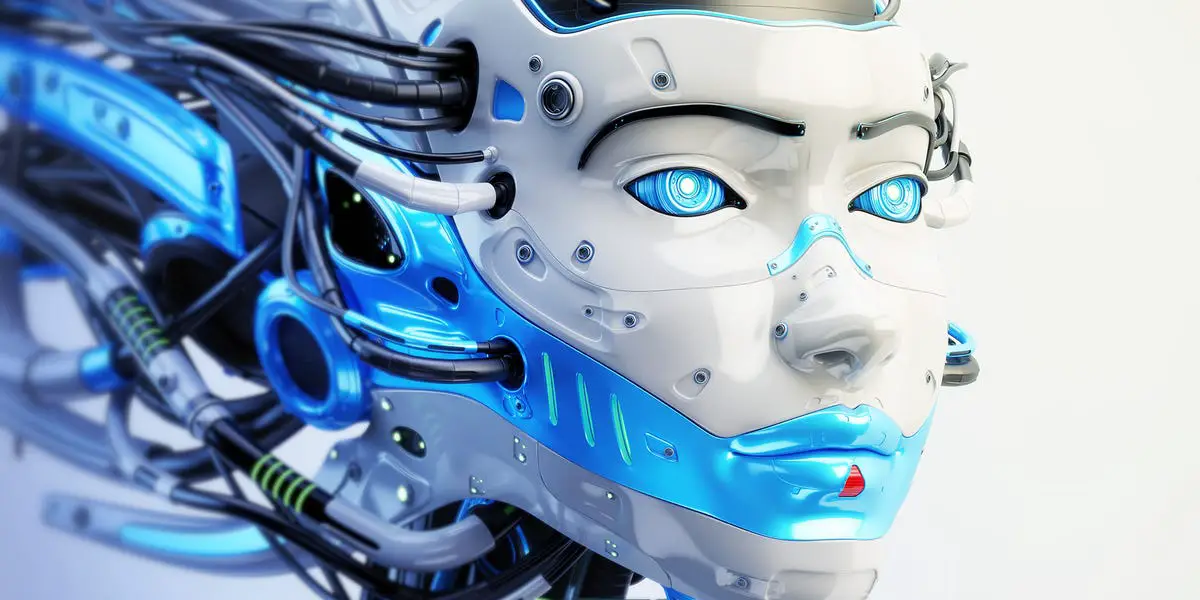Machine learning and artificial intelligence (AI) are some of the hottest technologies in the world today. These technologies have a huge future and limitless benefits. But they also receive a lot of hype from the industry’s most influential analysts. Moreover, these technologies are still on the bleeding edge for most organizations. This is a problem. It’s time for organizations to stop being fooled by the hype and embrace the true value of AI and machine learning.
Composable ERP
Composable ERP is a type of information technology that enables seamless integration between teams and departments. This technology works on the principle that users don’t have to create a transaction in the ERP application in order to interact with it. Instead, users can interact with the software through automated analytics that find failures and provide resolutions, often within tools like Microsoft Teams. In addition, organizations can design specific experiences for their applications inside of these tools.
The use of ERP can also help companies track the machines in their manufacturing facilities. In manufacturing, all products go through a series of manual and machine operations. In this case, ERP can help companies decide which machines are best suited to work on a particular product. If a machine breaks down, it can be repaired and used again for another product.
Composable ERP enables manufacturers to meet the dynamic needs of their businesses. The technology works by creating a network of systems, applications, and solution providers. Businesses can add, remove, or combine these components as their needs change. In this way, businesses can quickly and easily adapt their ERP solution to their business needs.
Predictive analytics
Predictive analytics is a powerful technology that can help businesses anticipate the future and allocate resources. It can also help companies determine which customers are likely to purchase a particular product. For example, a fashion retailer can use predictive analytics to determine which customers are most likely to buy a certain brand of clothing. By analyzing this data, the company can target its advertising and product development efforts towards high-value customers.
Predictive analytics is a form of statistical analysis that uses machine learning techniques and algorithms to predict the likelihood of a future outcome. Though this technology has been around for decades, it is only now finding widespread application in businesses looking for ways to improve the bottom line and gain a competitive edge. This is due to the growing volume of data and the need to differentiate from competitors.
Predictive analytics can be done manually or with the help of machine-learning algorithms. These algorithms take historical data as input and apply mathematical equations to create assumptions about the future. These mathematical equations can then be used to predict the outcome of an event when one variable changes.
Open architectures
An open architecture is one that is based on widely accepted standards that allow different hardware and software components to work together. These systems allow for changes to existing systems with minimal tweaking. They also make upgrading and scaling easier. In addition, they can be a better fit for new technologies and business paradigms.
Open architectures can also help companies avoid being locked into proprietary software. The large community of vendors that support open architecture products gives companies many choices for their data processing systems. Consequently, open architecture products tend to be more cost-effective than proprietary solutions. In addition, open architecture solutions are frequently updated, which lowers the risk of them going obsolete.
Open architectures can be beneficial for both users and developers. They promote competition among developers and reduce the risk of single-source licensing. However, some architectural components may not be fully open. In such cases, other quality attributes may be more important.
Artificial intelligence
Artificial intelligence (AI) uses computer systems to perform tasks normally requiring human intelligence. This technology has made rapid advancements over the past decade, and is expected to have a profound impact on all industries. In addition to improving productivity, AI also reduces overhead, which is beneficial for small businesses and other organizations.
Its impact on our daily lives is already widespread. For example, we all use social media, and our feeds are curated by AI. It automatically decides which posts, people, and pages to display in our feeds. Almost every aspect of social media use is influenced by AI.
The latest developments in AI technology are expected to revolutionize information technology and software. It will soon be possible to perform complex tasks such as natural language understanding, which are considered unsuitable for human beings. Google has also begun to apply AI in its services by providing its open AI beta API. Microsoft is also making AI-powered tools available for developers.



